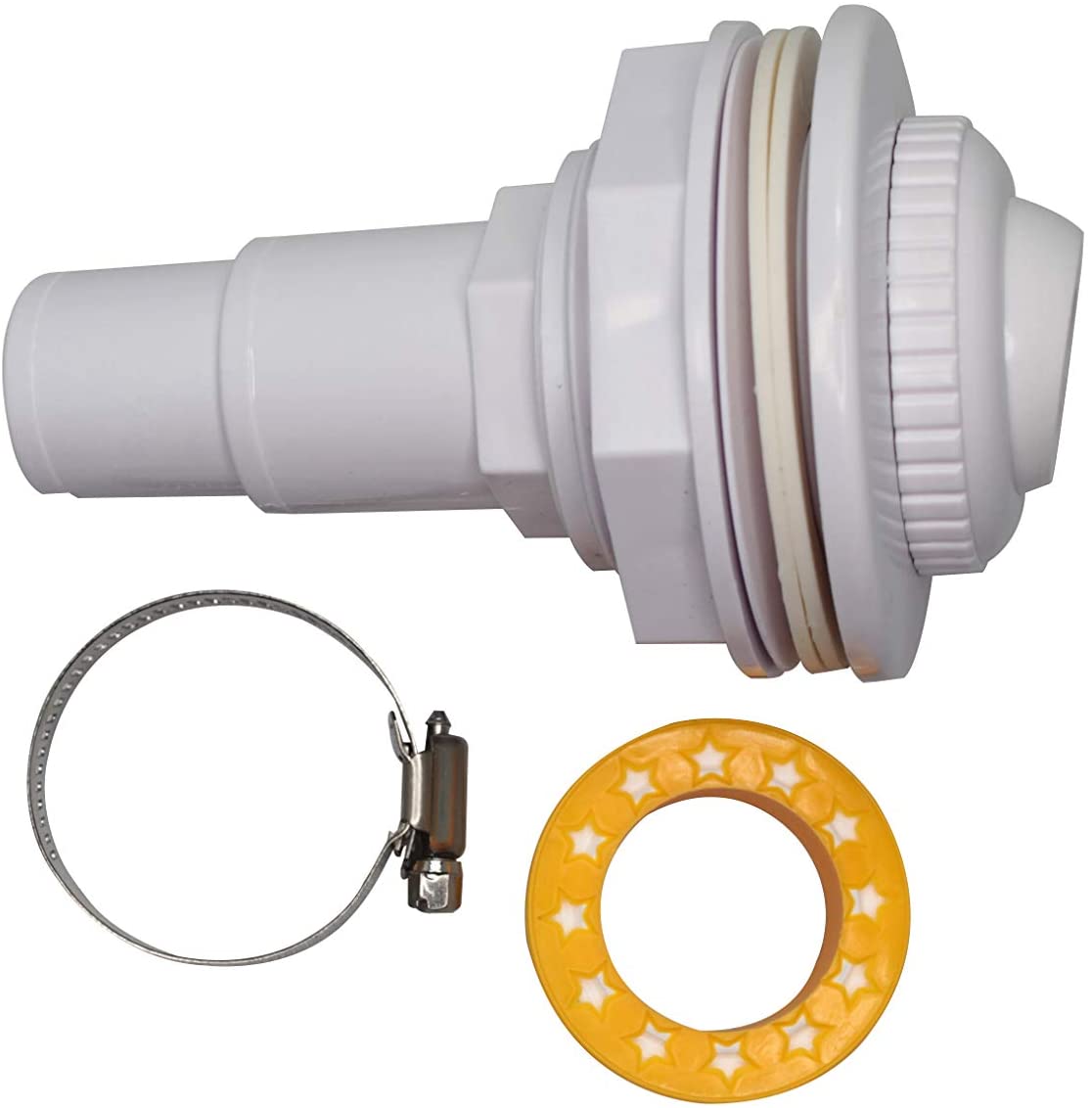Understanding the Importance of Pool Return Jets, Maintenance, and Troubleshooting
Introduction
As a new pool owner, you may be curious about the various components that make your pool function effectively. One such element is the swimming pool return jet. Return jets play a critical role in circulating the water and maintaining a clean and healthy pool environment. This article will explain the purpose of pool return jets, how to care for them, and potential issues you may encounter along with their solutions.
The Role of Swimming Pool Return Jets
Swimming pool return jets are the small, circular openings located along the sides of your pool, responsible for returning filtered and treated water back into the pool. These jets ensure proper circulation of water, preventing stagnation and promoting even distribution of chemicals, which is crucial for maintaining a balanced and clean pool.
Caring for Your Pool Return Jets
To keep your pool return jets functioning optimally, regular maintenance is necessary. Follow these steps to care for your return jets:
- Clean the jets: Periodically check for debris, such as leaves or dirt, that may have become lodged in the jet openings. Remove any blockages to ensure proper water flow.
- Adjust the jets: For optimal water circulation, aim the return jets at a downward angle to create a circular water movement in your pool. This will help distribute chemicals evenly and prevent debris from settling at the bottom.
- Inspect for leaks: Regularly check the area around the return jets for signs of water leaks. If you notice any water loss, consult a pool professional to diagnose and fix the issue.
Common Issues and Solutions
- Reduced water flow: If you notice a significant decrease in water flow from your return jets, there may be a blockage in your pool’s circulation system. Check the skimmer and pump baskets for debris and clean them as needed. If the problem persists, consult a pool professional to inspect your pool’s plumbing and equipment.
- Air in the system: If you notice air bubbles coming from the return jets, there may be a suction-side leak in your pool’s plumbing. Inspect the pump, filter, and plumbing connections for any visible leaks and tighten or replace any faulty components.
- Uneven flow between jets: If you observe uneven water flow among your return jets, it may be due to clogged or improperly adjusted jets. Clean and adjust the jets as needed to ensure even water distribution.
Conclusion
Swimming pool return jets are essential components for maintaining a clean and well-balanced pool. By understanding their function and performing regular maintenance, you can ensure that your pool remains in optimal condition for years to come. Keep an eye out for potential issues, and don’t hesitate to consult a pool professional if you encounter problems beyond your expertise. With proper care and attention, your pool’s return jets will continue to provide efficient water circulation and a healthy swimming environment.
